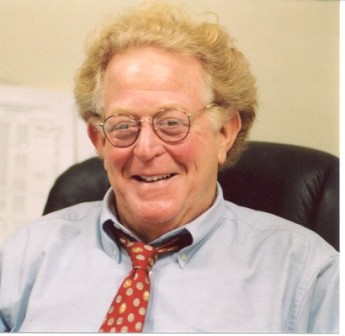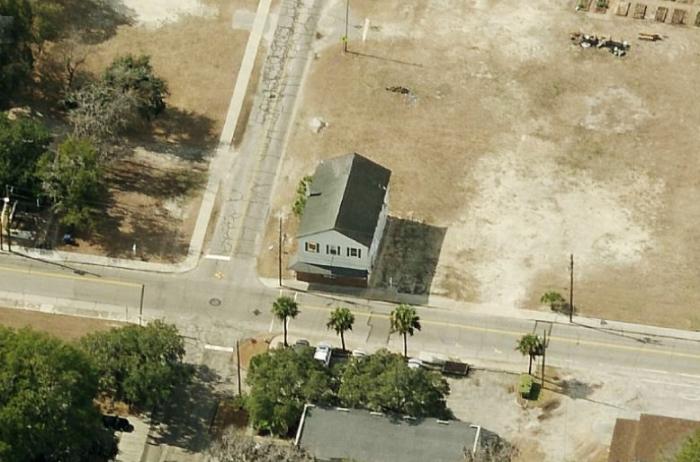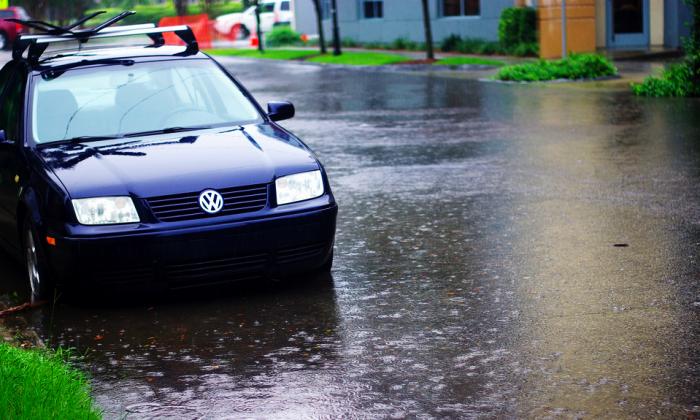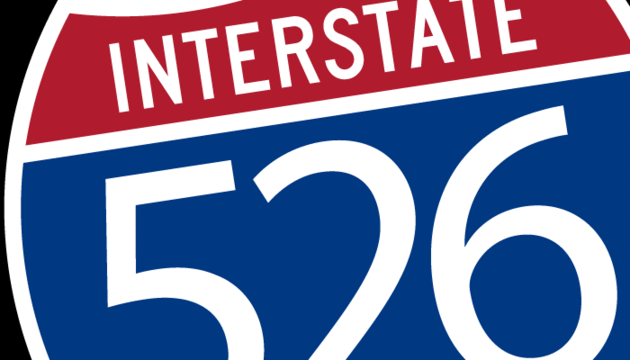
[Editor's note: Below is a letter from Beaufort Mayor Billy Keyserling who has written some thoughts about the ongoing discussion of "from based codes" in Beaufort and how they could help inject new life into much of Beaufort. Keyserling also mentions getting in touch with council, you can do so here.]
Throughout Beaufort County, we are hearing a lot of talk about "the new urbanism" and "form-based code." I am following the discussion and learning as much as I can because I believe they are concepts integral to Beaufort's future. I suggest you tune in and share your thoughts with city planners and the City Council.
New urbanists talk about "transects," "mixed use" and "appropriate mass and scale." I want to talk in simpler terms about how this all can make Beaufort, once again, a functioning small city, where we went wrong in the past and how we might get back on course. Even more simply, the new urbanism in Beaufort is about having the right tools to recapture and build upon our forefather's vision of the city of Beaufort.
BEAUFORT YESTERDAY
My understanding of the Beaufort I grew up in -- and longed to return to after college and a career elsewhere -- is more than a nostalgic childhood memory. It is a story of a compact, friendly, livable, sustainable and neighborly community.
I grew up on Ribaut Road, rode my bicycle to Beaufort Elementary on Carteret Street, to Battery Creek Elementary on Burroughs Avenue and then to Beaufort Junior High on Bay Street. On days I chose to "walk," adults on their way to work always stopped to offer a ride.
I rode my bike downtown to the movies on Bay Street. On the way to and from the movies I saw three pharmacies, three grocery stores, five clothing stores, two five-and-dime stores and three hardware stores. There were, of course, barber and beauty shops and a shoe-repair shop. There were four service stations, some restaurants and small businesses on Charles, Bay, Scott, Port Republic, West, Carteret and Boundary streets.
In short, nothing was more than a few minutes away.
Downtown Beaufort bustled on Saturdays with families coming in from around the county, sometimes in car pools or on small busses, to shop and visit with friends they met along the way. Everything one needed could be bought downtown.
Let me not forget there was The Community Club on Carteret Street where the public could gather for events and a USO for the military. All in downtown Beaufort.
BEAUFORT TODAY
Though Beaufort is more beautiful and quaint than most places, we represent a microcosm of what went wrong in cities and towns throughout the nation.
About 50 years ago, we abandoned a functional Beaufort and unwittingly invited the fragmentation we see today. People moved to bigger and better homes, larger yards with fences that kept children and pets in and others out. The new "downtown" was surrounded by huge, unsightly parking lots popping up along once tree-lined, two-lane streets, roads and highways.
As people moved outside the city, many small businesses closed and, even more importantly, the schools followed. So did federal, state and local government agencies. The center city eventually became a ghost town, and the city's population declined exponentially as the surrounding areas grew. What is left is a population of about 12,000 people, many classified by the U.S. Census Bureau as low- to moderate-income earners and about half of whom rent the homes in which they live.
Thanks to former Mayor Henry Chambers, the Waterfront Park (over which there was great division in the community) was created to become the anchor for reviving downtown and attracting tourists. Bill Cochrane, the Alcoa developer at Dataw Island, knew that to market his new project successfully, Beaufort needed a stronger sense of community and a vibrant downtown. His tireless efforts, along with Bay Street property owners, the City Council and the newly formed Main Street Beaufort, USA brought back a small portion of downtown.
Unfortunately, the revitalization essentially stopped with Bay Street and small sections of surrounding streets. That left much underutilized and, in some cases, still in decline.
BEAUFORT TOMORROW
For the City to thrive, we must build on the framework of a downtown that once worked and was surrounded by neighborhoods whose residents work and shop in Beaufort.
We must recognize the historic boundaries of downtown, restore old and build apporpriate new homes spread our commercial out within the core to Bladen, Charles, Carteret and Boundary streets. We also must reach parts of West and Scott streets that could be better utilized for retail and office, neighborhood groceries, professional services and other commercial venues.
Unfortunately, under current zoning, it is impossible to create the infill residential and commercial infill on the existing grid of streets. If a storm or other natural disaster occurred, our beautiful core downtown could not be replaced and appropriate infill is impossible. However, form-based code could unshackle us from poor zoning and allow regrowth.
Many are concerned with the consequences of the unknown and few understand the zoning changes under study.
For those who want a feel for what form-based code might bring, I suggest a leisurely stroll through downtown. Note that, we have street grids in which roadways end to meet public space along the Beaufort River. We have sidewalks, a few remaining service alleys and beautiful, tree-lined streets. We have houses built a little closer together, with large private yards replaced by refurbished or new public parks.
Now imagine all of the vacant spaces filled with businesses run by people who lived downtown and patronized by people who could work, dine and shop downtown. You would see a vibrant downtown again bordered by the Beaufort River on three sides and Battery Creek on the fourth side, not just Bay Street. Corner markets, bike shops, beauty parlors, small and large stores, a larger variety of restaurants -- they all would be part of this vision.
This is what I think the New Urbanists are talking about, and it sounds pretty good to me. As usual, I would appreciate your thoughts.



